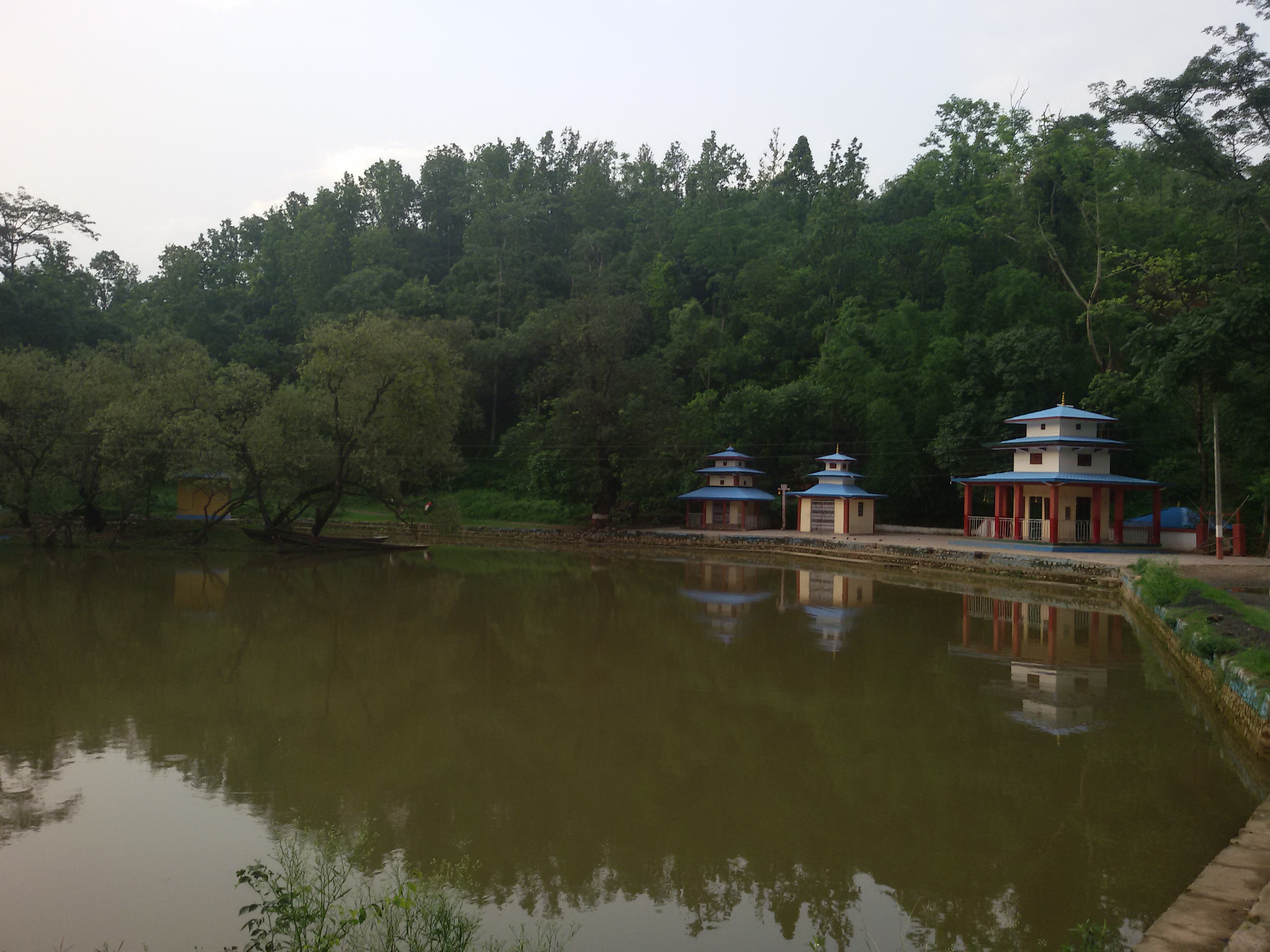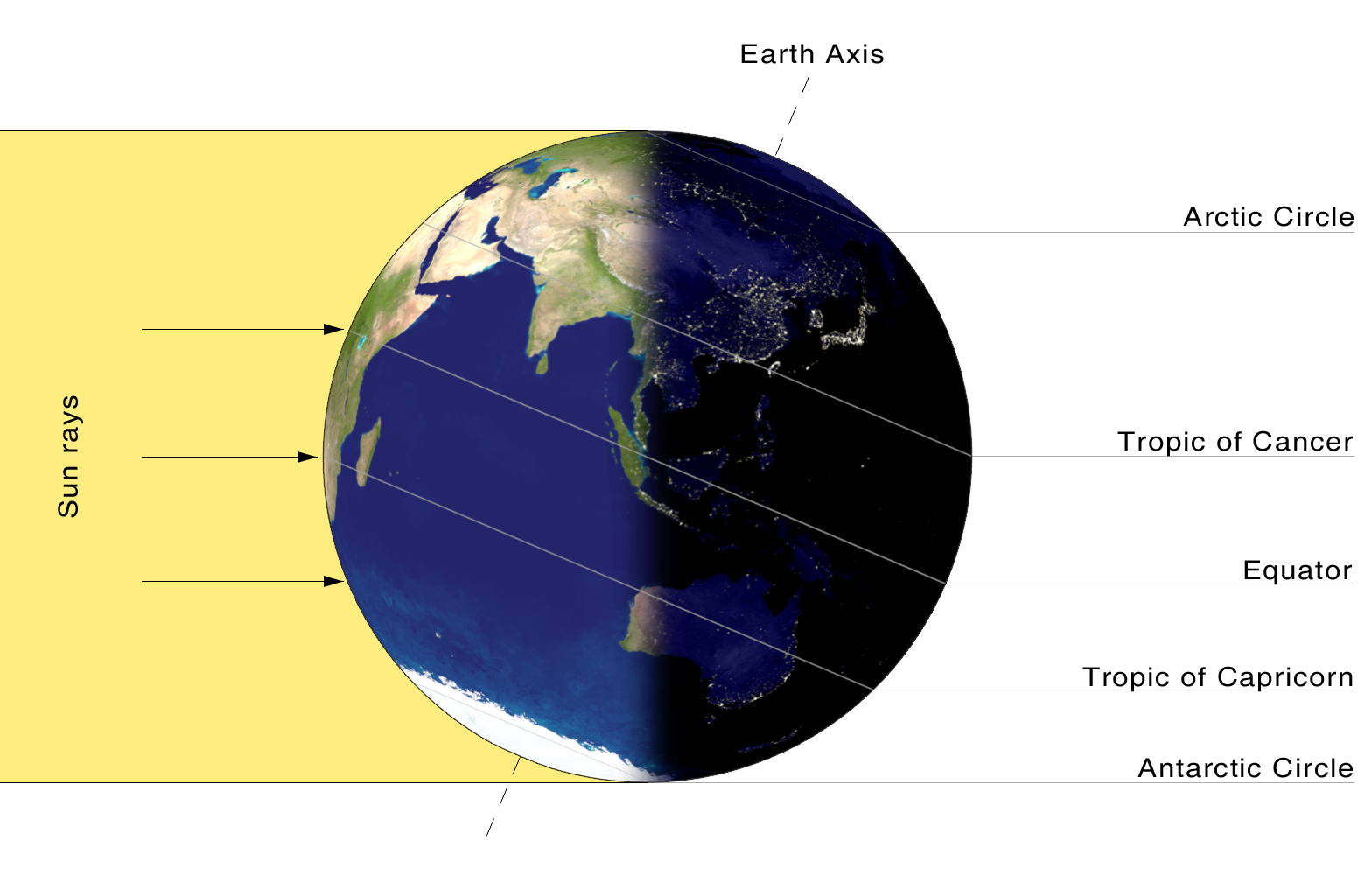|
Barhakune Daha
Barhakune Daha (Nepali language, Nepali: :ne:ब्रहाकुने दह, ब्रहाकुने दह ) is a lake that lies in the Dang District, Nepal. This is situated in Ghorahi sub-metropolitan city- 07. Barahakshetra, Baraha Kshetra is away from the market. This lies in north-west Mahabharat hilly regions’ arms. On the first of Magh (Nepali calendar), there helds the big fare. People gather ashore the Barhakune Daha on the occasion of Maghe Sankranti * Barhakune Daha and Baraha Temple: It lies in the 7th ward of the municipality. There is a pond that has twelve corners (angles); hence its name ''barha kune daha''. The Temple of God Bishnu, ''barah'' is also an important place for pilgrims in that area, and several temples of Ganesh and Shiva are there. A special fair is organised here during Maghe Sankranti. It is also a tourist spot. See also * List of lakes of Nepal References Lakes of Lumbini Province Dang District, Nepal {{Nepal-lake-stub ... [...More Info...] [...Related Items...] OR: [Wikipedia] [Google] [Baidu] |
Dang District, Lumbini Province
Dang District ( ne, दाङ जिल्ला, ) is the district of Lumbini Province located in the Inner Terai of midwestern Nepal. Deukhuri valley of the district is the capital of the province and is the second largest valley of Asia surrounded by Sivalik Hills and Mahabharata Range. The district headquarter Ghorahi is the seventh largest city and the largest sub-metropolitan city of Nepal. Tulsipur sub-metropolitan city, the second largest city of Dang, is a major transportation hub with an extensive road and air networks. The district covers an area of 2,955 km2 and has a population of 548,141 (2011 census). Dang district has been archeologically studied extensively since the 20th century due to the discoveries of ancient fossils of apes and early humans. The district is considered the center of Sanskrit language in Nepal and is home to Nepal's second oldest university, Nepal Sanskrit University which is the only Sanskrit university of the country as well as ... [...More Info...] [...Related Items...] OR: [Wikipedia] [Google] [Baidu] |
Nepali Language
Nepali (; , ) is an Indo-Aryan language native to the Himalayas region of South Asia. It is the official, and most widely spoken, language of Nepal, where it also serves as a '' lingua franca''. Nepali has official status in the Indian state of Sikkim and in the Gorkhaland Territorial Administration of West Bengal. It is spoken by about a quarter of Bhutan's population. Nepali also has a significant number of speakers in the states of Arunachal Pradesh, Assam, Himachal Pradesh, Manipur, Meghalaya, Mizoram and Uttarakhand. In Myanmar it is spoken by the Burmese Gurkhas. The Nepali diaspora in the Middle East, Brunei, Australia and worldwide also use the language. Nepali is spoken by approximately 16 million native speakers and another 9 million as a second language. Nepali is commonly classified within the Eastern Pahari group of the Northern zone of Indo-Aryan. The language originated from the Sinja Valley, Karnali Province then the capital city of the Khasa K ... [...More Info...] [...Related Items...] OR: [Wikipedia] [Google] [Baidu] |
Dang District, Nepal
Dang District ( ne, दाङ जिल्ला, ) is the district of Lumbini Province located in the Inner Terai of midwestern Nepal. Deukhuri valley of the district is the capital of the province and is the second largest valley of Asia surrounded by Sivalik Hills and Mahabharata Range. The district headquarter Ghorahi is the seventh largest city and the largest sub-metropolitan city of Nepal. Tulsipur sub-metropolitan city, the second largest city of Dang, is a major transportation hub with an extensive road and air networks. The district covers an area of 2,955 km2 and has a population of 548,141 (2011 census). Dang district has been archeologically studied extensively since the 20th century due to the discoveries of ancient fossils of apes and early humans. The district is considered the center of Sanskrit language in Nepal and is home to Nepal's second oldest university, Nepal Sanskrit University which is the only Sanskrit university of the country as well as Rap ... [...More Info...] [...Related Items...] OR: [Wikipedia] [Google] [Baidu] |
Ghorahi
''Ghorahi'' (Nepali: घोराही उपमहानगरपालिका) is the seventh largest city and largest sub-metropolitan city of Nepal. The city (formerly ''Tribhuvannagar'') lies in Lumbini Province in the Mid-Western part of Nepal. It is the largest city of Dang Deukhuri District of southwest Nepal. Located in the Inner Terai region, it lies south-west of Nepal's capital Kathmandu and is one of the Counter Magnets being developed as an alternative centre of growth to help ease the migration and population explosion in the Kathmandu metropolitan area. It is the largest city of the Rapti Zone and is surrounded by the Sivalik Hills to the south and Mahabharata Range to the north. Ghorahi is located in the Dang Valley in the foothills of the Himalayas nestled between the Babai River in the east, south, and in the west which ends being the famous Sarayu and Ganges rivers in India. The city is known for its landscape and slightly milder climate and provides a ... [...More Info...] [...Related Items...] OR: [Wikipedia] [Google] [Baidu] |
Barahakshetra
Barahachhetra (also Barahakshetra or Varahakshrata; ne, वराहक्षेत्र) is a Hindu and Kirat piligram site which remains between the confluence of Koka and Koshi rivers in Barahakshetra, Sunsari of Province No. 1, Nepal. This place is one of Nepal's oldest shrines mentioned in Puranas including Brahma Purana, Varaha Purana and Skanda Purana and even mentioned and glorified in the Mahabharata epic. In Barahachhetra, the Varah, an incarnation of Vishnu is worshiped. Barahachhetra is one of the ''Char Dham'' in Nepal. This place is located at about 5 km North West from Dharan in Sunsari district. The present appearance of the original temple of Barahachhetra was made in 1991 BS. The temple was rebuilt by Juddha Shamsher for the last time in 1991 BS after the temple was demolished by the earthquake of 1990 BS. There are 9 temples including that of Laxmi, Panchayan, Guruvarah, Suryavarah, Kokawarah and Nageshwar and many hospices in Barahachhetra. Statu ... [...More Info...] [...Related Items...] OR: [Wikipedia] [Google] [Baidu] |
Maghe Sankranti
Maghe Sankranti (, , Nepal Bhasa: ) is a Nepali festival observed on the first of Magh in the Vikram Sambat (B.S) or Yele calendar bringing an end to the winter solstice containing month of Poush. Tharu people celebrate this particular day as new year. It is also regarded as the major government declared annual festival of the Magar community. Maghe Sankranti is similar to solstice festivals in other religious traditions. Observant Hindus take ritual baths during this festival. These include Sankhamul on the Bagmati near Patan; In the Gandaki/Narayani river basin at Triveni, Devghat near Chitwan Valley and Ridi on the Kaligandaki; and in the Koshi River basin at Dolalghat on the Sun Koshi. Festive foods like laddoo, ghee and sweet potatoes are distributed. Niece and Nephew usually go to Mama Ghar and take Tika and blessing/dakshina. Date and Significance Generally maghe sankranti falls on 14 January, and also called Makar Sankranti or Maghi in the Indian subcontinent. Mag ... [...More Info...] [...Related Items...] OR: [Wikipedia] [Google] [Baidu] |
Baraha Temple Area In Dang
Baraha is a word processing application for creating documents in Indian languages. It was developed by Sheshadrivasu Chandrasekharan with an intention to provide a software to enable and encourage Indians use their native languages on the computers. Baraha was first released in Kannada in 1998 and later on in other Indian languages. Baraha can be effectively used for creating documents, sending emails and publishing web pages. Baraha uses a transliteration scheme, which allows the user to write any Indian language in Latin text and later convert it to the respective language. Baraha package consists of Baraha, BarahaPad, BarahaIME and FontConvert programs. This package includes TrueType fonts for various Indian languages. The latest full version of the software is not free anymore. The full-featured software requires a registration key, which currently costs $49.95 or 3745. Languages supported Baraha 10.0 supports Kannada, Devanagari, Tamil, Telugu, Malayalam, Gujarati, Gur ... [...More Info...] [...Related Items...] OR: [Wikipedia] [Google] [Baidu] |
List Of Lakes Of Nepal
This is a list of artificial and natural lakes in Nepal ordered by province, and by district within each province. The largest lake in Nepal is Rara Lake, also known as Mahendra Daha, in Karnali Province. It lies at about 3200m above sea level, and has a total area of .http://www.ntnc.org.np/sites/default/files/publications/lake1.pdf Phoksundo Lake in Karnali Province is the deepest lake of Nepal, having a depth of 136 m. Tilicho Lake in Gandaki Province is the highest lake of Nepal, at 4919 m above mean sea level. Bagmati Province Bhaktapur District Chitwan District Dhading District Dolakha District Kathmandu District Lalitpur District Makwanpur District Nuwakot District Ramechhap District Rasuwa District * Kalopohari * Seto daha * kalo daha Sindhuli District Sindhupalchowk District Gandaki Province Baglung District Gorkha District Kaski District Lamjung District Manang District ... [...More Info...] [...Related Items...] OR: [Wikipedia] [Google] [Baidu] |
Lakes Of Lumbini Province
A lake is an area filled with water, localized in a basin, surrounded by land, and distinct from any river or other outlet that serves to feed or drain the lake. Lakes lie on land and are not part of the ocean, although, like the much larger oceans, they do form part of the Earth's water cycle. Lakes are distinct from lagoons, which are generally coastal parts of the ocean. Lakes are typically larger and deeper than ponds, which also lie on land, though there are no official or scientific definitions. Lakes can be contrasted with rivers or streams, which usually flow in a channel on land. Most lakes are fed and drained by rivers and streams. Natural lakes are generally found in mountainous areas, rift zones, and areas with ongoing glaciation. Other lakes are found in endorheic basins or along the courses of mature rivers, where a river channel has widened into a basin. Some parts of the world have many lakes formed by the chaotic drainage patterns left over from the last ... [...More Info...] [...Related Items...] OR: [Wikipedia] [Google] [Baidu] |







